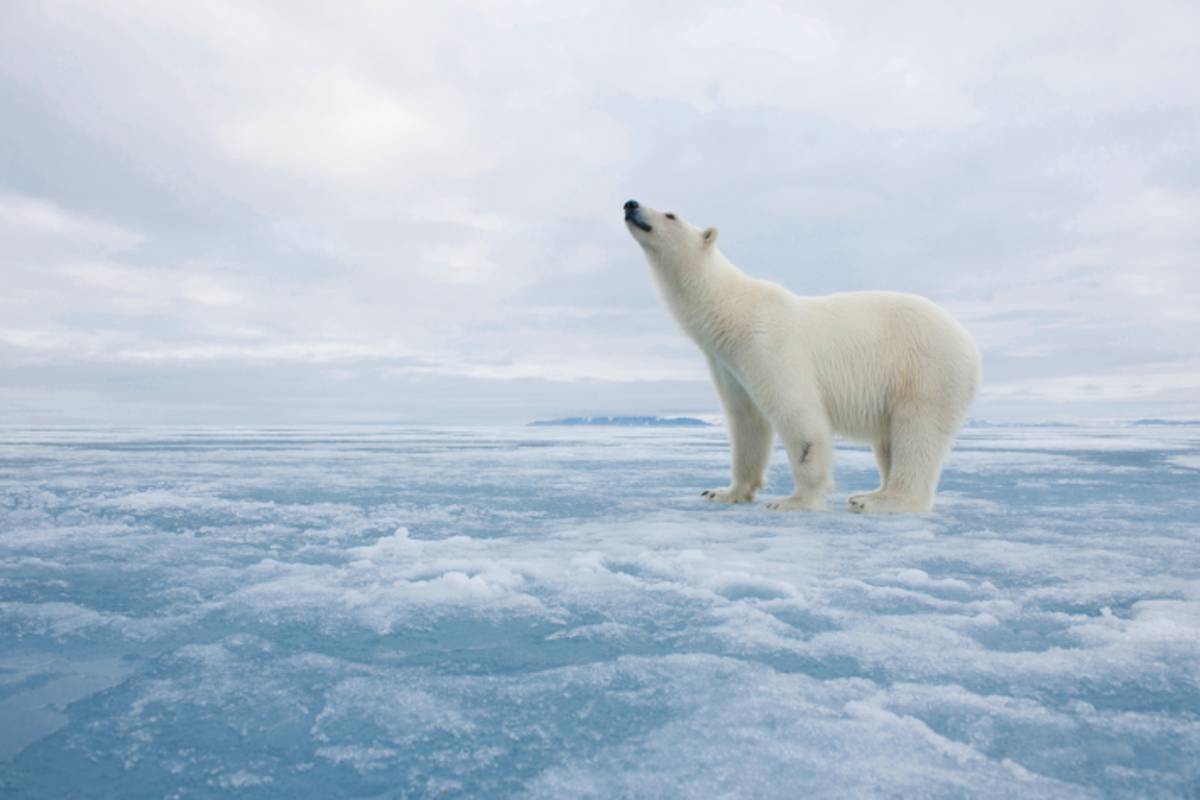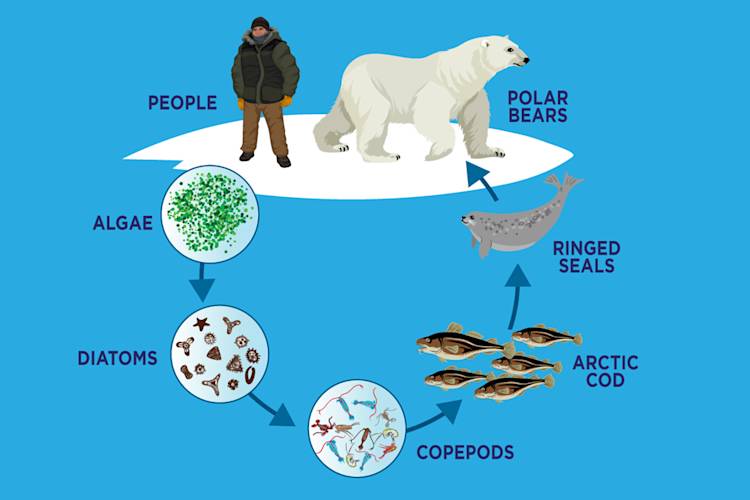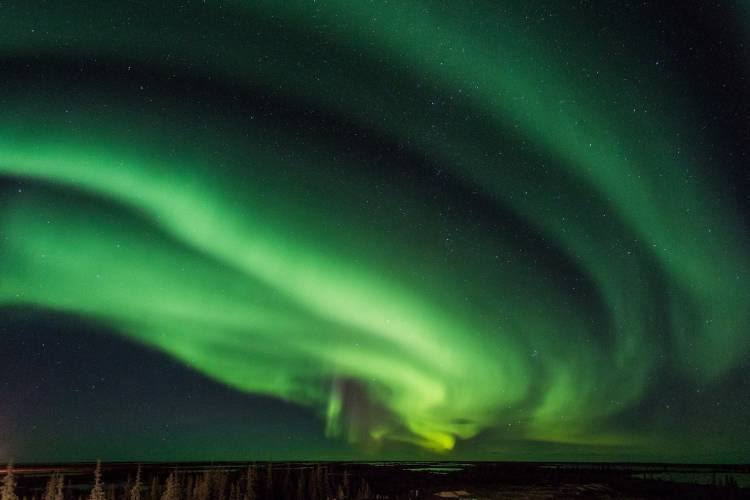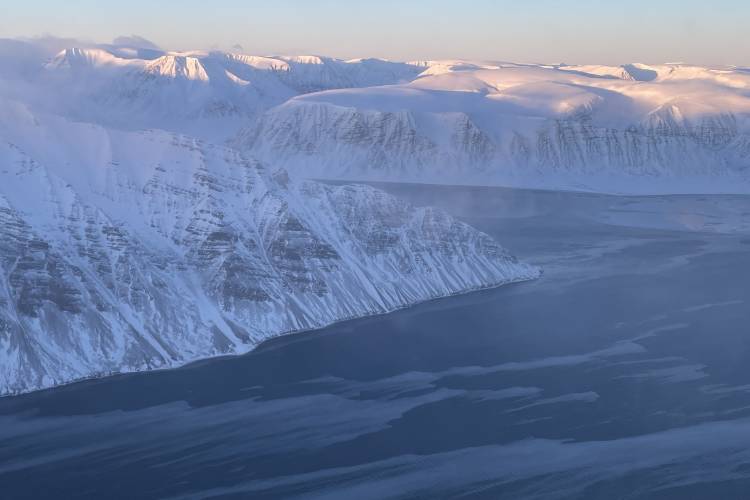“You need to let the little things that would ordinarily bore you suddenly thrill you.” — Andy Warhol
If you’re reading this, it’s probably because you love polar bears. Who doesn’t? They’re easy to love. The result of eons of evolution, polar bears possess a seemingly endless set of cool adaptations to their environment: hollow hair for extra insulation; grippy pads on the bottom of their feet for walking on ice; and, of course, the elegant white color for camouflage while hunting.
A few years ago, because of my desire to learn more about polar bears, I signed up to take a course called “Ecosystems in Ice-Covered Waters” being taught in Svalbard, Norway—an area known for polar bears. You can imagine my disappointment when I found out that I was to spend most of the course studying not these “Kings of the Arctic,” but the thin layer of brown algae you might find on the bottom of the sea ice! I don’t think anyone has ever described those single-celled algal organisms with the language of nobility.
What I was surprised to learn, however, is that if you think polar bears are cool, ice algae will blow your mind.

















